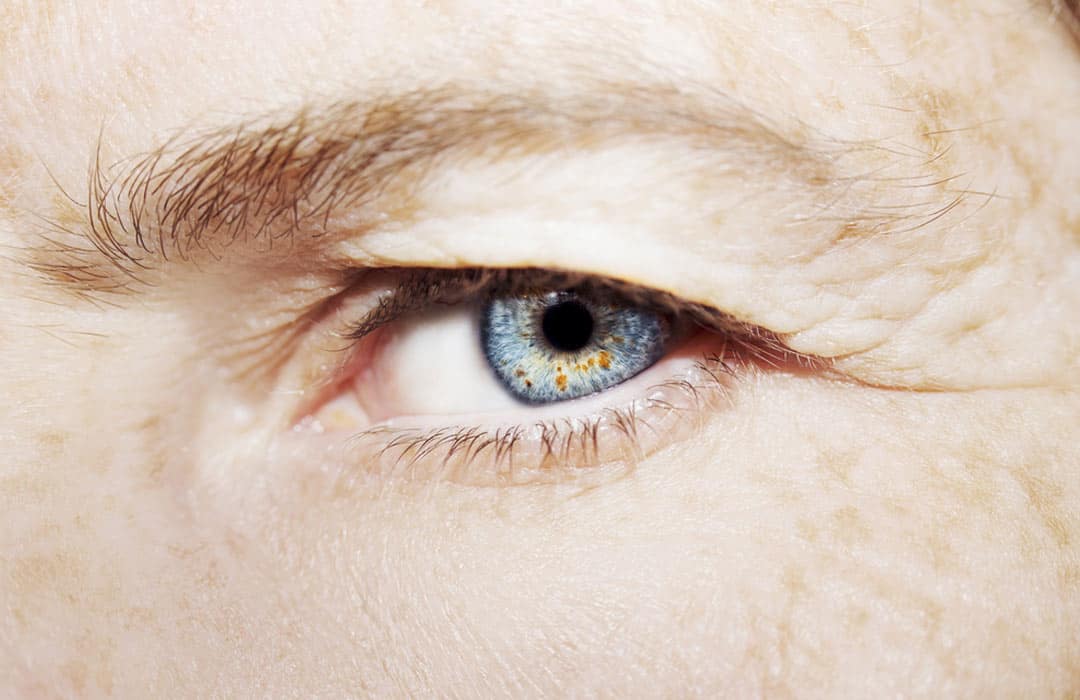Blepharoplasty, often referred to simply as eyelid surgery or eyelid lift, is one of the most frequently performed facial plastic procedures in Australia. Improving the appearance of the eye is an important and striking component of facial rejuvenation surgery. Eyelid surgery can be performed as a procedure all on its own. It can also be a part of a comprehensive facial rejuvenation treatment.
The eyelift procedure can address purely aesthetic concerns, but it can also address functional issues with the eyelids such as dermatochalasis.
Excess eyelid skin or dermatochalasis can have an impact on both the upper or lower eyelids and causes a droopy appearance which makes individuals look tired and washed-out. This drooping is most often the result of excess eyelid skin. Dermatochalasis generally comes as a result of the natural ageing process, which causes a loss of skin elasticity, a weakening of the eyelid’s connective tissue and the degeneration of collagen.
Upper lid Blepharoplasty (Eyelid Lift)
Blepharoplasty is a minimally invasive facial rejuvenation procedure. As we age, the skin of the upper lid can become lax and sag towards the eyelashes. This can result in a heavy and tired appearance. In severe cases, it can even obscure vision. The fat beneath the eyelid can also change as we age, further exacerbating this problem. The procedure to correct this condition involves an incision along the eyelid crease to remove excess skin. At the same time excess fat beneath the eyelid may be removed or repositioned. The ultimate aim of upper eyelid surgery is to lift the eyelid to create a natural-looking youthful appearance.
The canthopexy can be performed as an independent surgery. It can also be an important adjunct in a lower lid blepharoplasty. This procedure provides a means of supporting the lower lid to prevent sagging, excessive laxity and undesired changes to the shape of the eye. The techniques employed in this procedure are varied. In most cases, however, will include a suture which suspends the lower lid towards the bone just outside the eye (lateral orbital rim).



